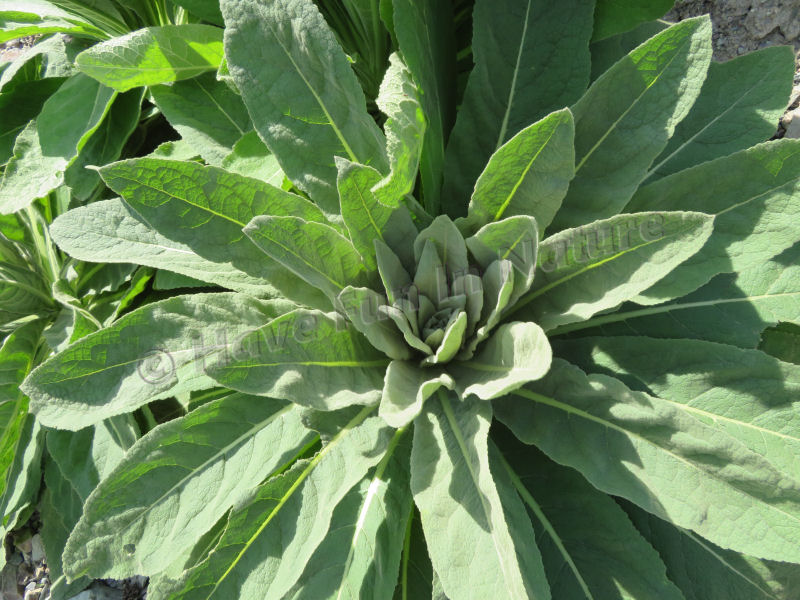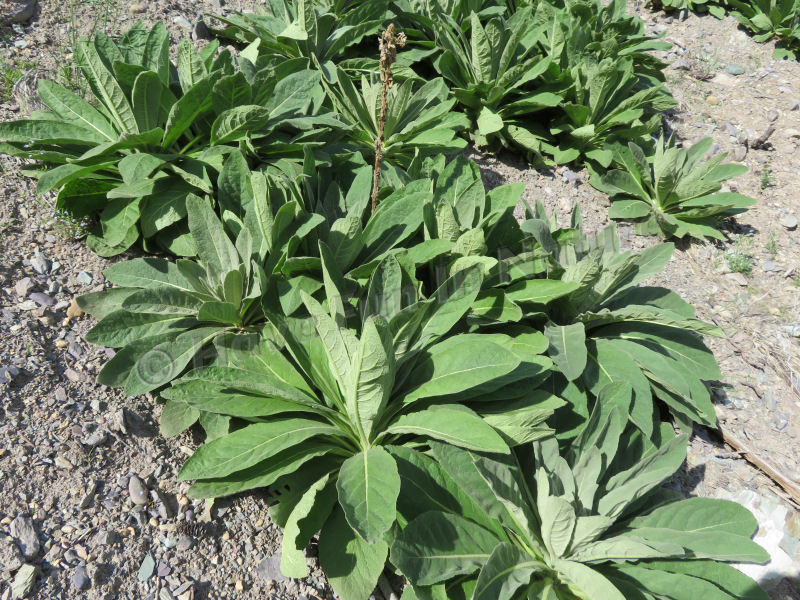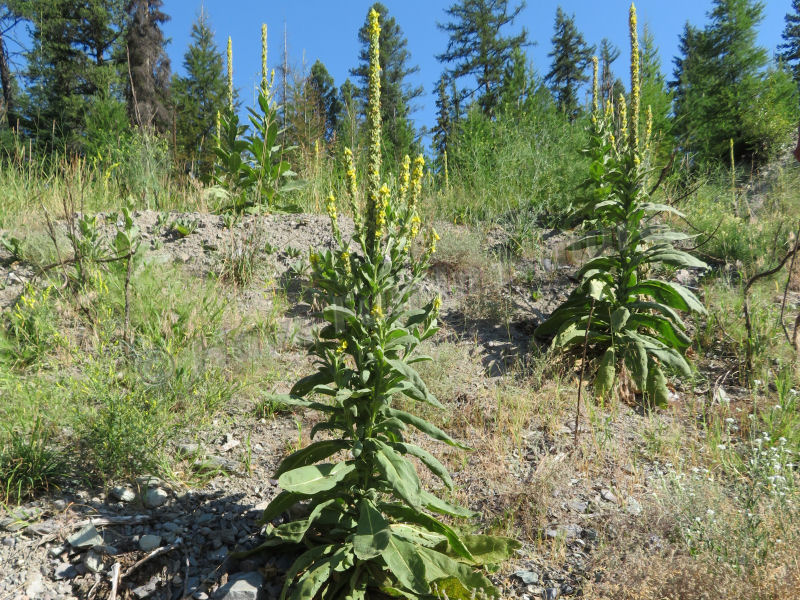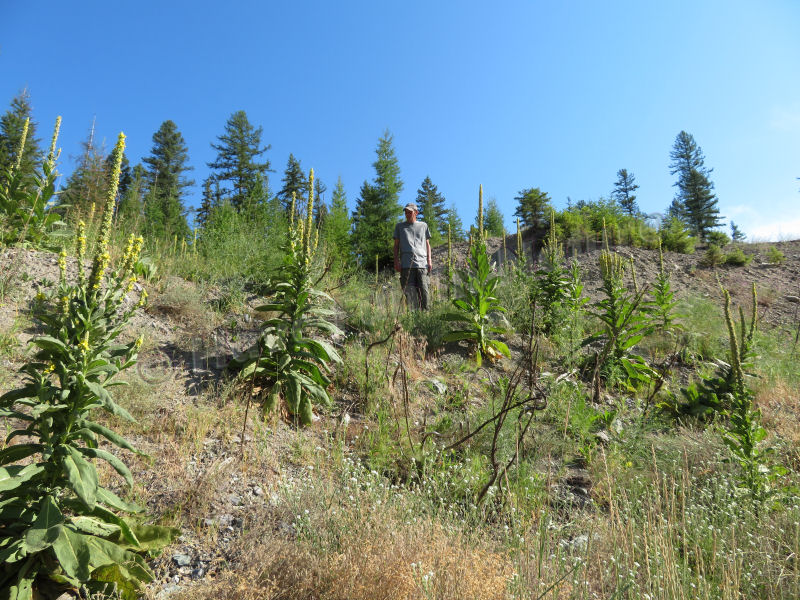Did you know that you have medicine available to you right now growing all around in nature?
Foraging is a great way to have fun in nature and it provides opportunities to discover plants with medicinal properties. Mullein (Verbascum Thapsus) is a common plant that is easy to identify, harvest, and use. In the western United States, residents refer to it as “cowboy toilet paper” due to the soft leaves.
Mullein has been used for centuries as an herbal remedy and while some may consider this plant a weed, it’s one of our favorites. According to The Lost Herbs, “Mullein has been used in traditional medicine for at least 2000 years. It was first recommended in De Materia Medica by Dioscorides, a Greek physician, pharmacologist, and botanist.”
In this article, we’ll discuss the health benefits of Mullein as well as how to identify, harvest, and use this powerful plant.
Health Benefits of Mullein
Studies suggest Mullein has anti-inflammatory, antiseptic, expectorant, antioxidant, antimicrobial, antiviral, antibacterial, antispasmodic, and anti-parasitic properties. While more research and human trials are needed to learn all of the health benefits of Mullein, there have been several studies proving its effectiveness in relieving some conditions.
Respiratory
Mullein has been used for centuries to treat a variety of respiratory illnesses including coughs, bronchitis, pneumonia, tuberculosis, and asthma. It reduces inflammation in the lungs and breaks up the mucus, making it easier to cough up. Mullein also has antiseptic and antioxidant properties, which helps your body fight the infection.

Skin
The plant was also used in ancient times to heal wounds and treat skin infections. The Native Americans would make a paste and apply it to their skin or rub the leaves over the inflamed skin. According to The Botanical Institute, “Research suggests that mullein is effective in speeding up the healing process of wounds.”
Ears
Mullein is commonly used to relieve earache pain and treat ear infections. The flowers can be used to make an ear drop oil or you can purchase the oil online. Many people add garlic oil to boost the effect. There have been various studies done to prove its effectiveness as an herbal remedy for ear infections.
Urinary Tract Infections
Research also suggests that the antiviral and antimicrobial properties found in Mullein may help the body fight common microbes found in urinary tract infections. The National Library of Medicine published research on the plant and concluded, “The medicinal plant V. Thapsus L. can be used for the treatment of different diseases, such as cancer and infectious diseases.”
Stomach
Mullein has been used to treat gastrointestinal issues such as diarrhea. The National Library of Medicine published another research article on Mullein and concluded, “The present research work confirms the intestinal relaxation and anthelmintic properties of V. thapsus, thus supporting its use for management of abdominal pain and parasitic worms by some local tribes within the Malakand region of Pakistan.”
Identifying Mullein
Mullein is a biennial plant which means it completes its life cycle in two growing seasons. During its first year, it forms a basal rosette ranging about two feet across. The following year, the flower stalk grows from the center of the rosette and can grow to be up to eight feet tall. The top part of the flower stalk is covered in yellow flowers that are about ¾ inches wide and will flower during July and August.
The stem and leaves are covered with fine hairs. Mullein leaves are soft, fuzzy, and can grow to be very large. The leaves come in pairs and are arranged in an alternate pattern along the stem. The flowers will turn into seed capsules, each containing dozens of seeds. The stalk and seed capsules may stick around through winter.
Mullein can be found in dry pastures, meadows, forest areas, along the roadside, and in your backyard. It is a hardy, drought-tolerant plant that likes full sun. Mullein is generally found growing in gravelly and sandy soil and it often grows in colonies.

Harvesting Mullein
Leaves
The leaves can be gathered from first or second year plants and are best picked early in the day. Just pinch off a few leaves from each plant and remove any debris. Then, dry the leaves and store them in an airtight container.
Flowers
The flowers can be picked over several days or in an area with a large colony. The plant will only open a few flowers at a time, so you’ll need to visit it again in a few days.
Root
The root should be harvested during the fall of the first year or during the spring of the second year. Loosen the soil around the base and gently pull up the root.
When harvesting any wild plant remember to be mindful of the area you are foraging and whether or not the ground has been sprayed. It’s also important to only harvest what you need.
Ways to Use Mullein
Tea
Place 2 teaspoons of dried mullein leaves in a cup, cover with boiling water, and allow it to steep for 10 to 15 minutes. Filter the tea through a coffee filter to remove any fine hairs from the leaves which can irritate the airway.
Tincture
A Mullein tincture is made by soaking the flowers and leaves in a solvent like alcohol or vinegar. This method helps preserve the healing compounds of the plant so it has a longer shelf life.
Oil
The leaves and flowers of the Mullein plant can be infused in a carrier oil like olive oil to treat ear infections and skin conditions.

Salve
A Mullein salve is made using the infused oil above and mixing it with beeswax. This can be rubbed on the skin to promote wound healing or help with dryness.
Smoking
People have been smoking Mullein for hundreds of years to treat lung ailments. Roll the dried leaves in between your fingers and place them in a pipe or rolling paper. This method may also help kick the nicotine habit and remove the tar from your lungs.
Mullein Safety
Mullein is generally safe and well-tolerated by most people with no known side effects. Be sure to check with your healthcare provider before starting any new herbal remedies.
Our Personal Experience
Brian and I have been using Mullein for a few years now and it’s a must have in our home. We normally harvest our own leaves and make tea whenever we feel a respiratory infection coming on due to a cold, the flu, or even Covid.
Last year while staying in Montana for the winter, we ran out of Mullein leaves. We were able to purchase some leaves online, but it wasn’t the same. A friend introduced us to a Mullein extract available online. We researched the company and tried it.
This extract worked great during cold and flu season and we will make sure we have this available in our medicine cabinet at all times. It cleared our respiratory tract and may have prevented the infections from turning into pneumonia.
The extract we use is from Herbify and it is made from the leaves and flowers. It’s alcohol free, organic, and produced in the USA. The two of us still prefer picking our own leaves and flowers, but this is an excellent alternative if we run out.

If you’re having any of the health issues mentioned above, it’s worth looking into.

